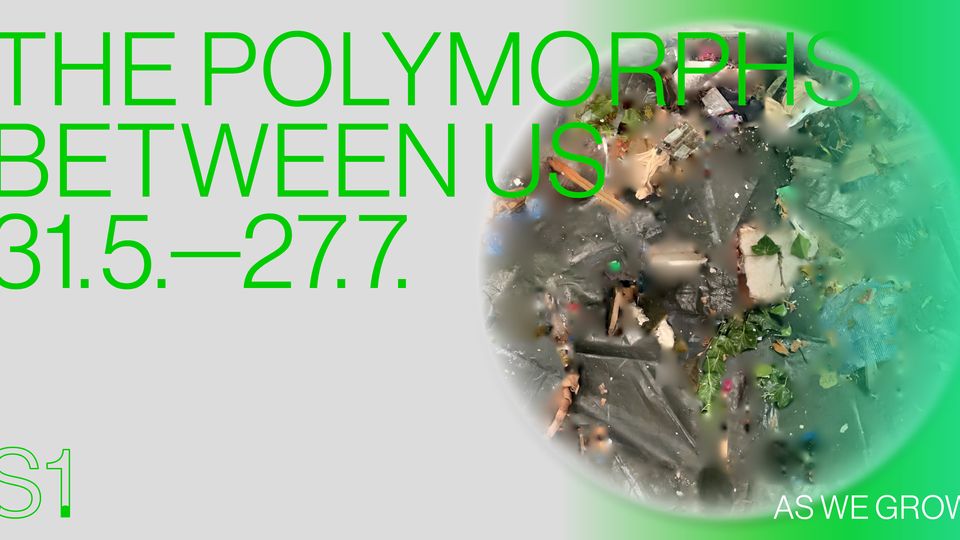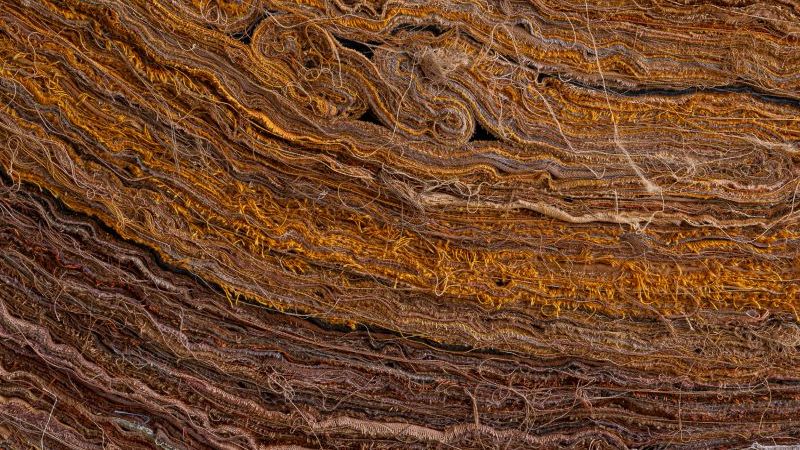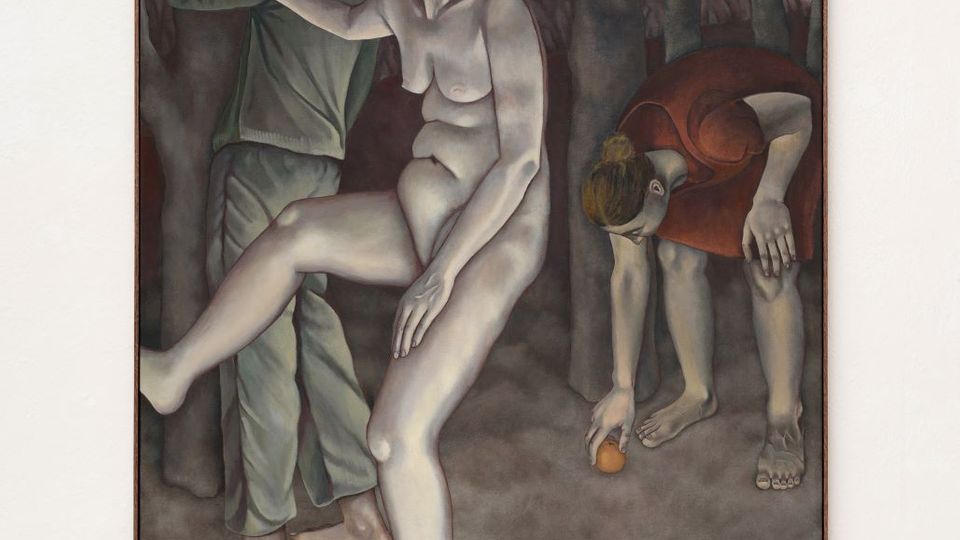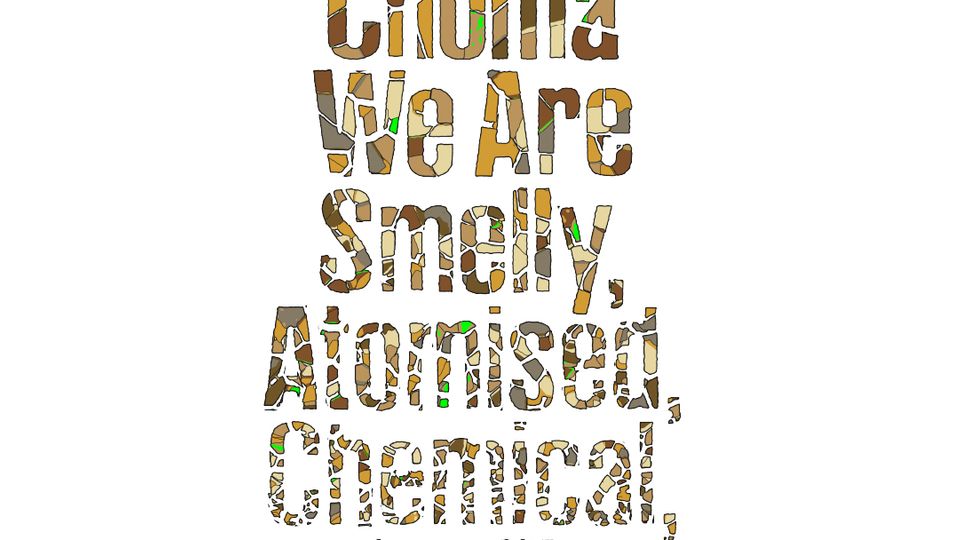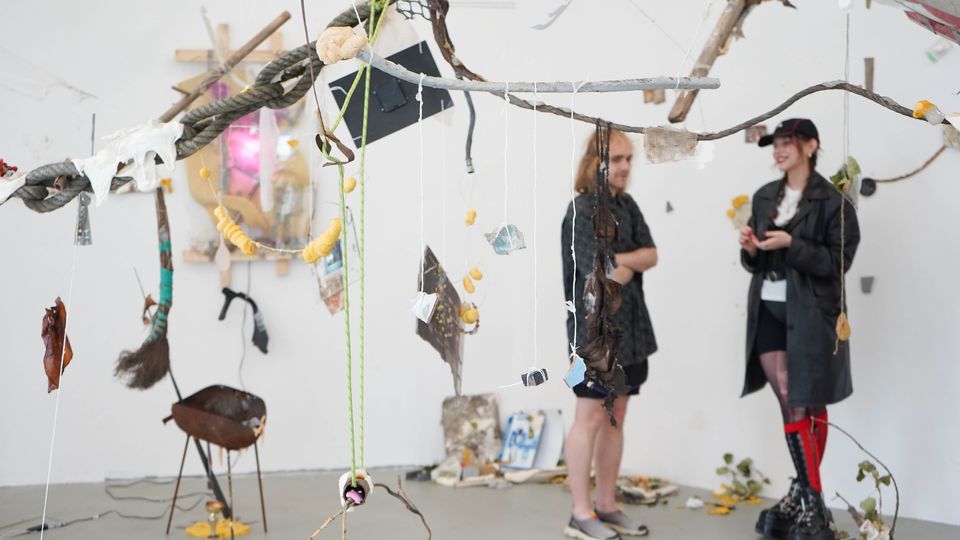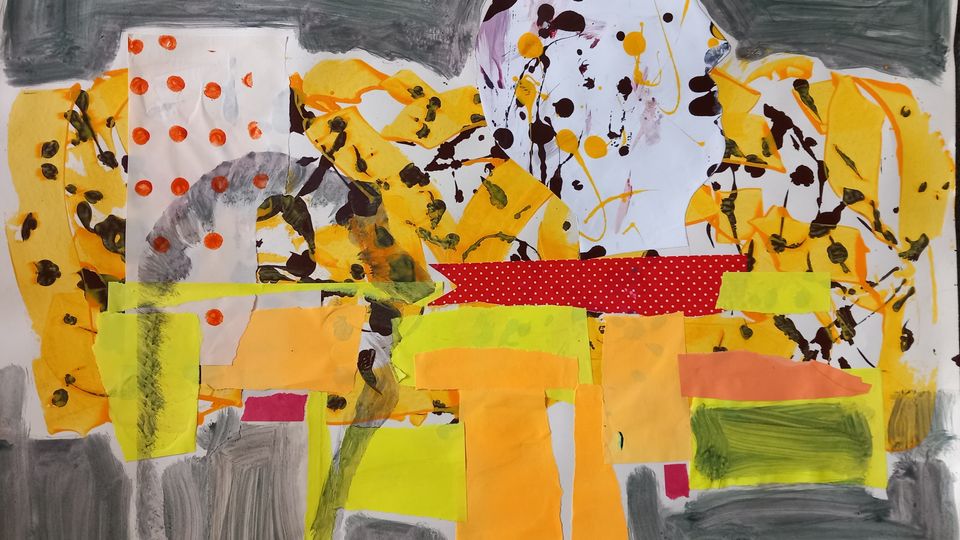Lukáš Karbus – Směr růstu (Zahradníkův rok)
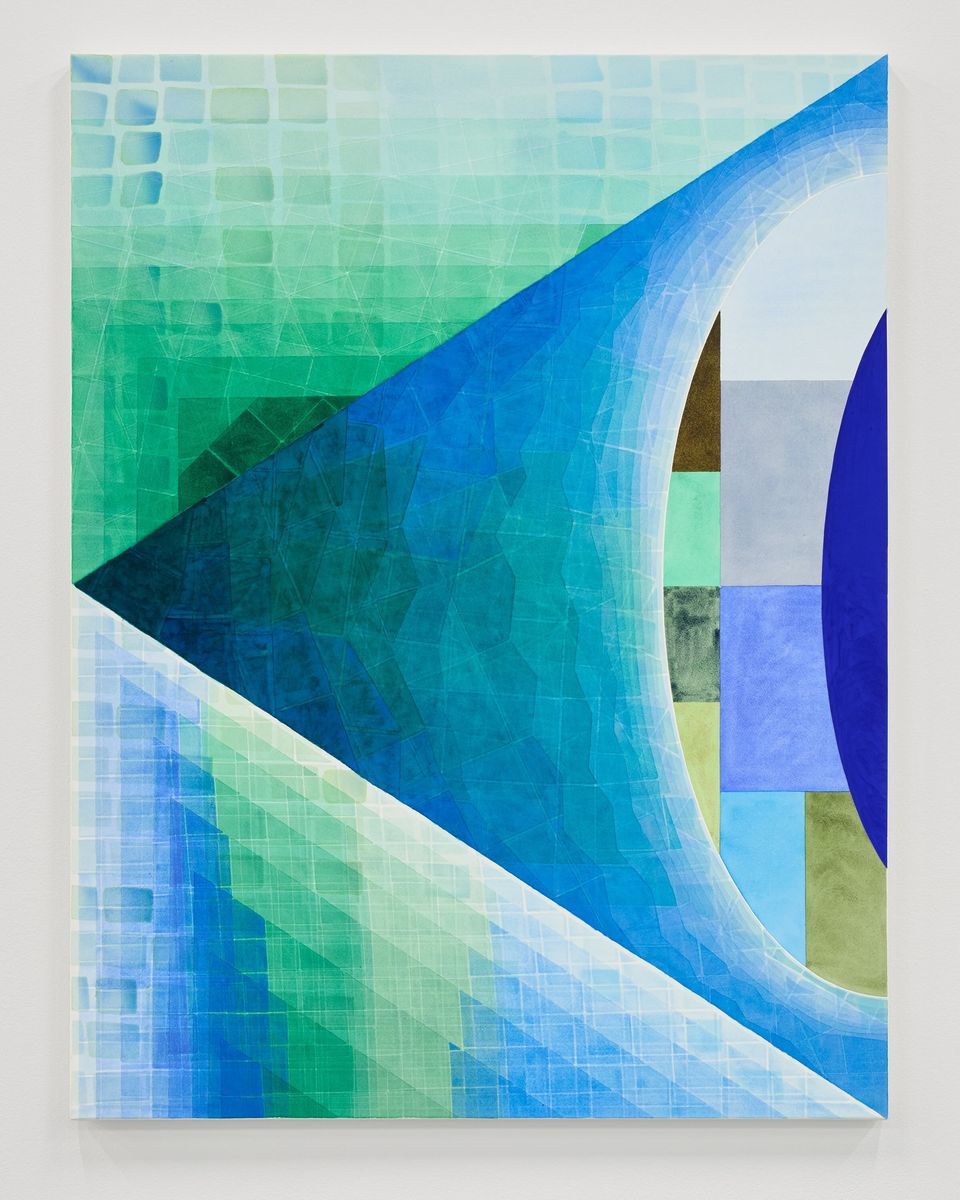
When Lukáš Karbus first exhibited his large format watercolour landscapes and flower-themed still lifes at Polansky Gallery nine years ago, no one expected that before long he would turn away from naturalism to the language of abstract painting. In his current paintings, realistic objects seem to be simply an inadvertent biproduct “formed” from mutually neighbouring elements of colour. They appear exclusively as compositional details or as mere hints of landscape horizons. The visual field has been taken over entirely by geometrical elements and networks, their interrelations and superimpositions, the emergence of space and light from colour surfaces, and the like.
As for Karbus himself, he is still the same person who decided to live in the countryside after graduating from art school, so that he could be closer to forests and fields where besides all else, time “passes more slowly”. And this despite the fact that this this slowness evidently only provides an opportunity to mentally configure oneself to living with time and strengthen one’s focus on its manifestations. The paintings in the exhibition “Arrow of Growth (The Gardner’s Year)” reflect the rhythm of nature, life in the countryside as well as the ritualized act of artistic work that collectively channel Karbus’s everyday life. For that matter, when he reflects on what new perspectives may have influenced the form of his work, he mentions the garden in front of his house where he looks after ornamental and agricultural plants, devising the most appropriate methods for their cultivation, as well as observing their growth with no lesser interest.
It is already well known that Karbus also draws inspiration for his work from pre-modern art, modernism, the avantgarde, as well as from contemporary art. However, the key to accessing Karbus’s most recent watercolours lies in embracing the condition that rather than seeking out cultural references, we give space to their sensorial qualities. We then find ourselves closer to Karbus’s approach to his artistic practice based on absorbing all the influences that have so far been mentioned in this context and their transference to paintings, testifying not only to the intensity of experiencing reality, but also to the process of painting as such. For a fine artist, this is an inherent part of life and Karbus extends it methodically to the maximum possible extent through his laborious and time-consuming technique of layering watercolours, stratifying surfaces that not only narrate about the flow of time, but in fact include within them a practical expression of time itself. Thus, although his paintings may give the impression of being exclusively abstract, graspable only with specific scholarship and experience, at their core they constitute highly informal testimonies about the most ordinary reality that we perceive and feel.
Curator: Jiří Ptáček

